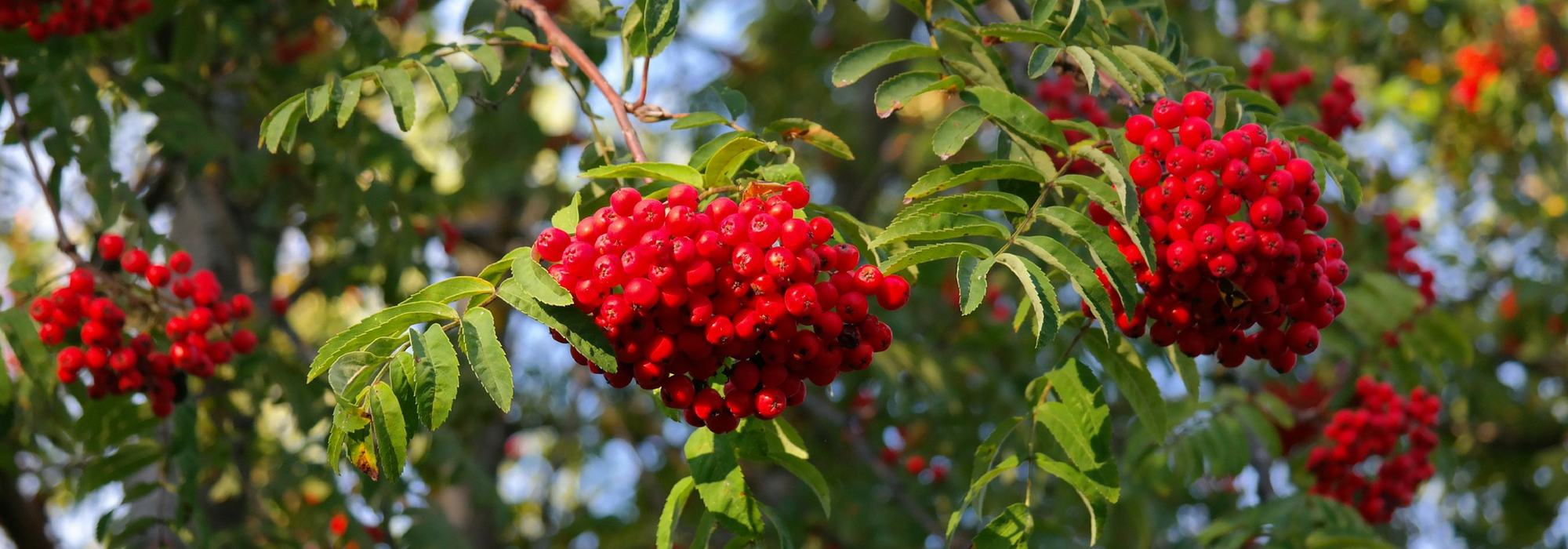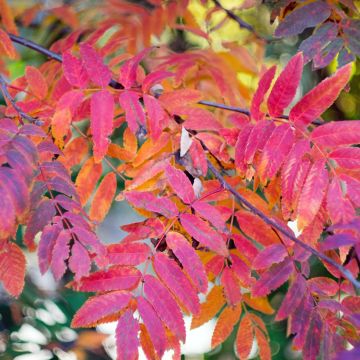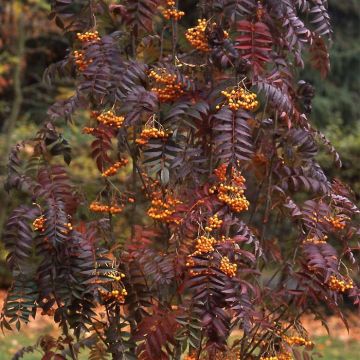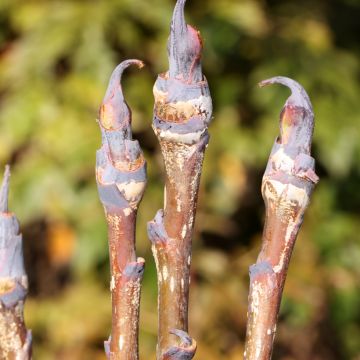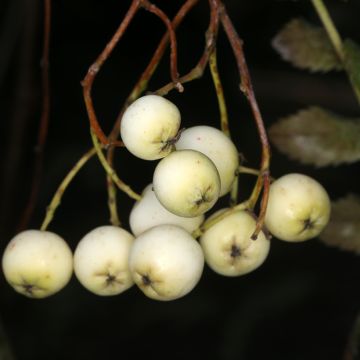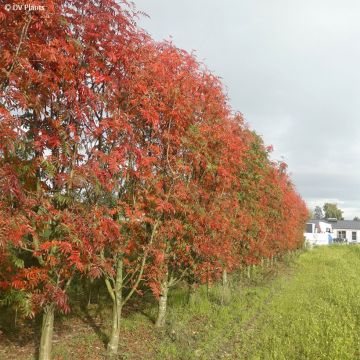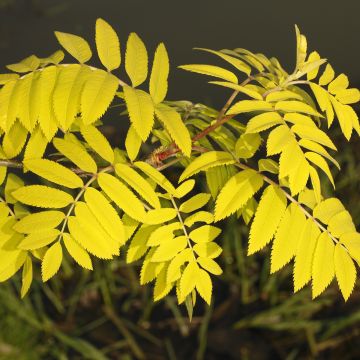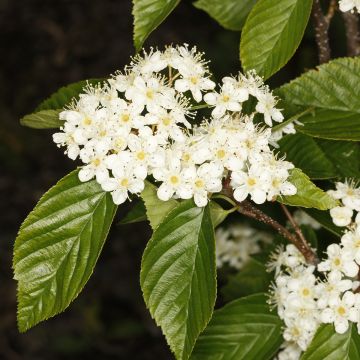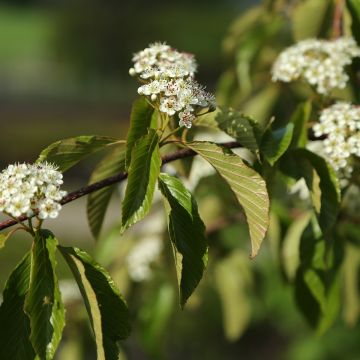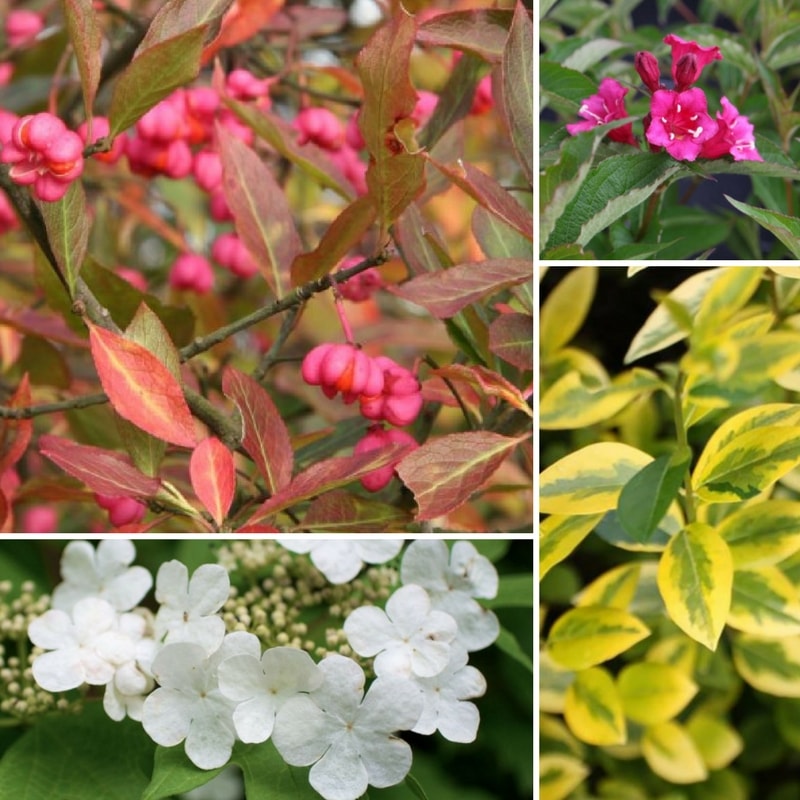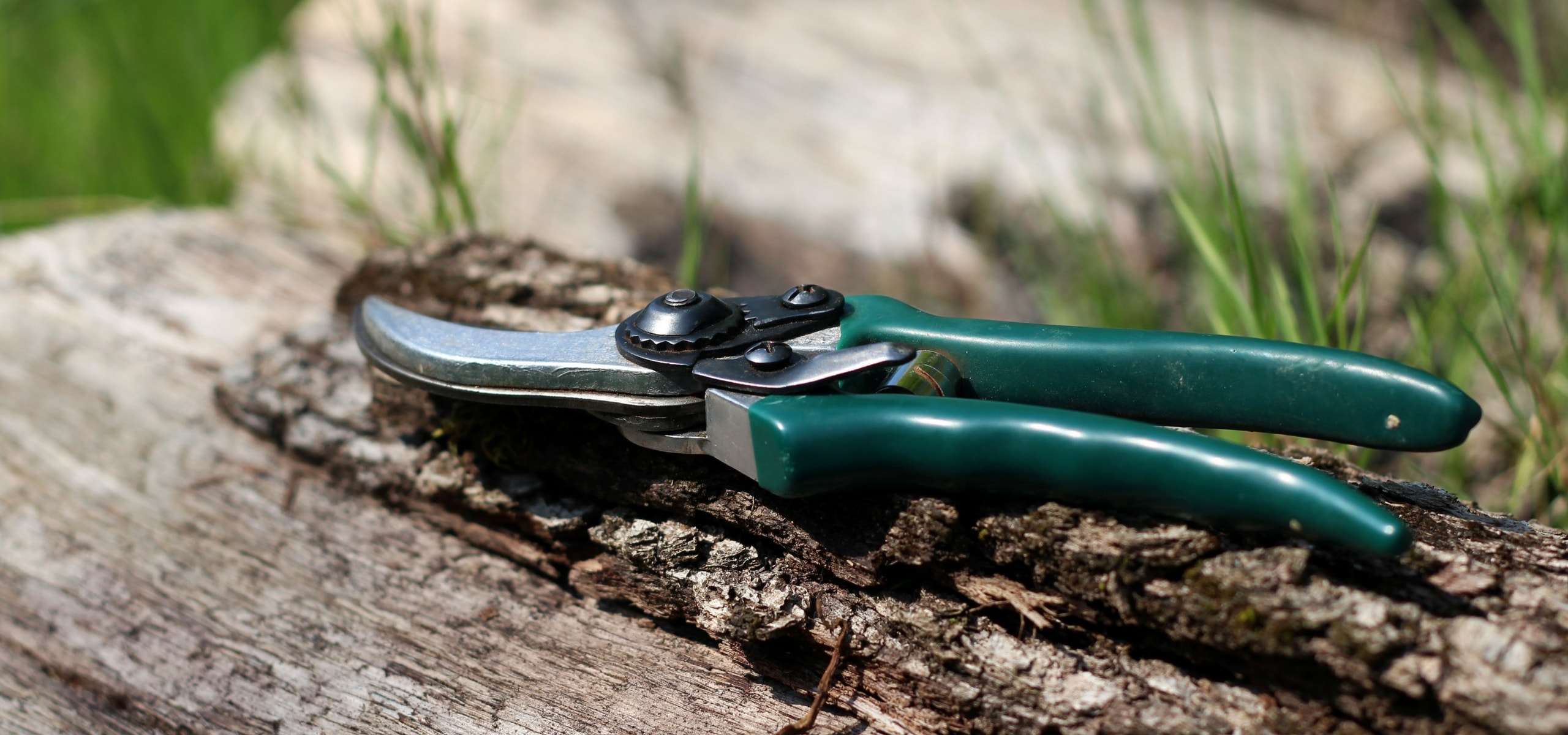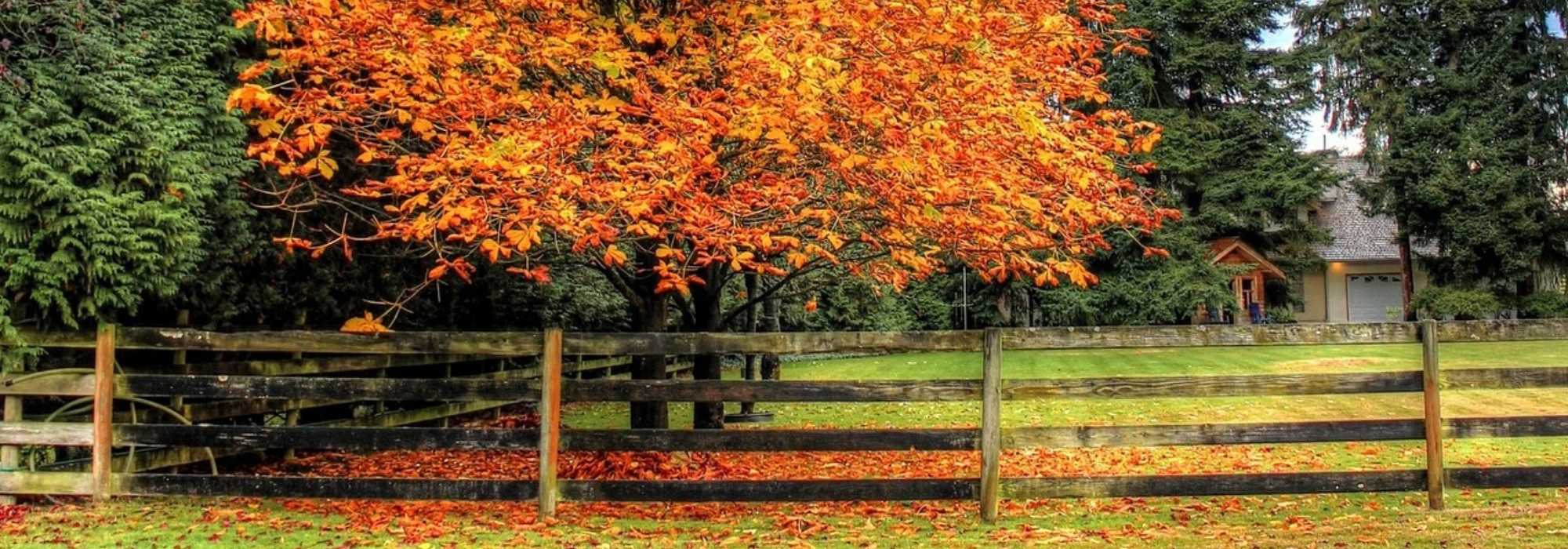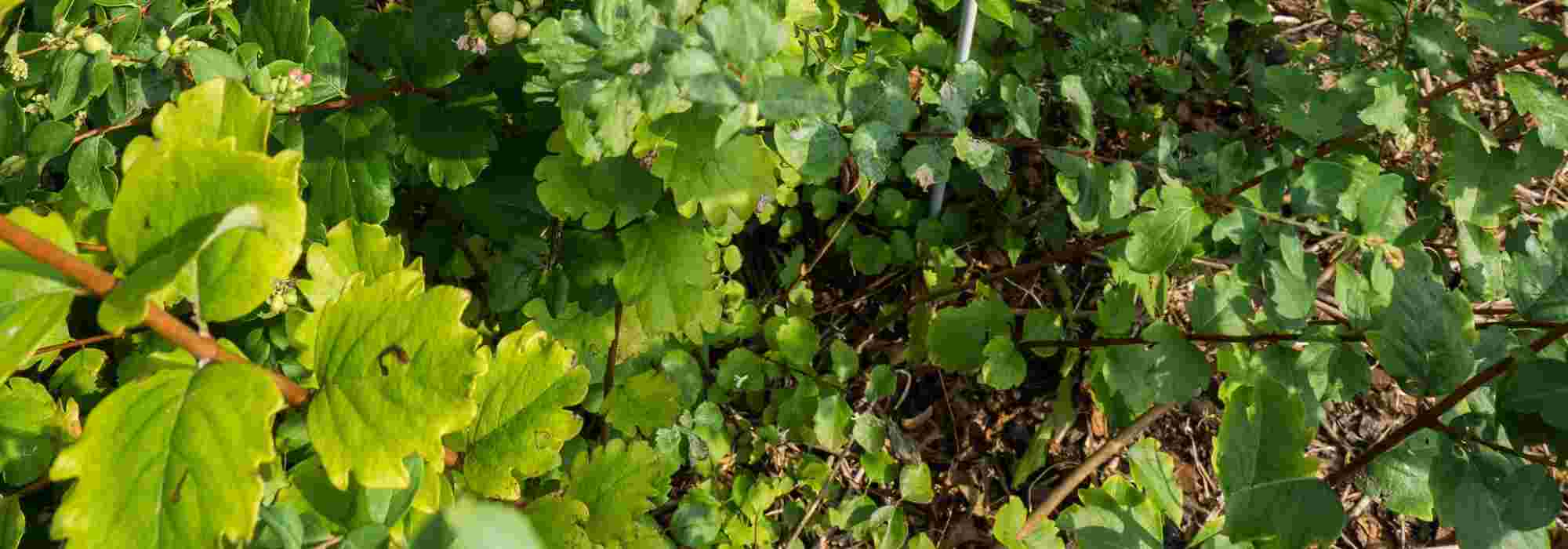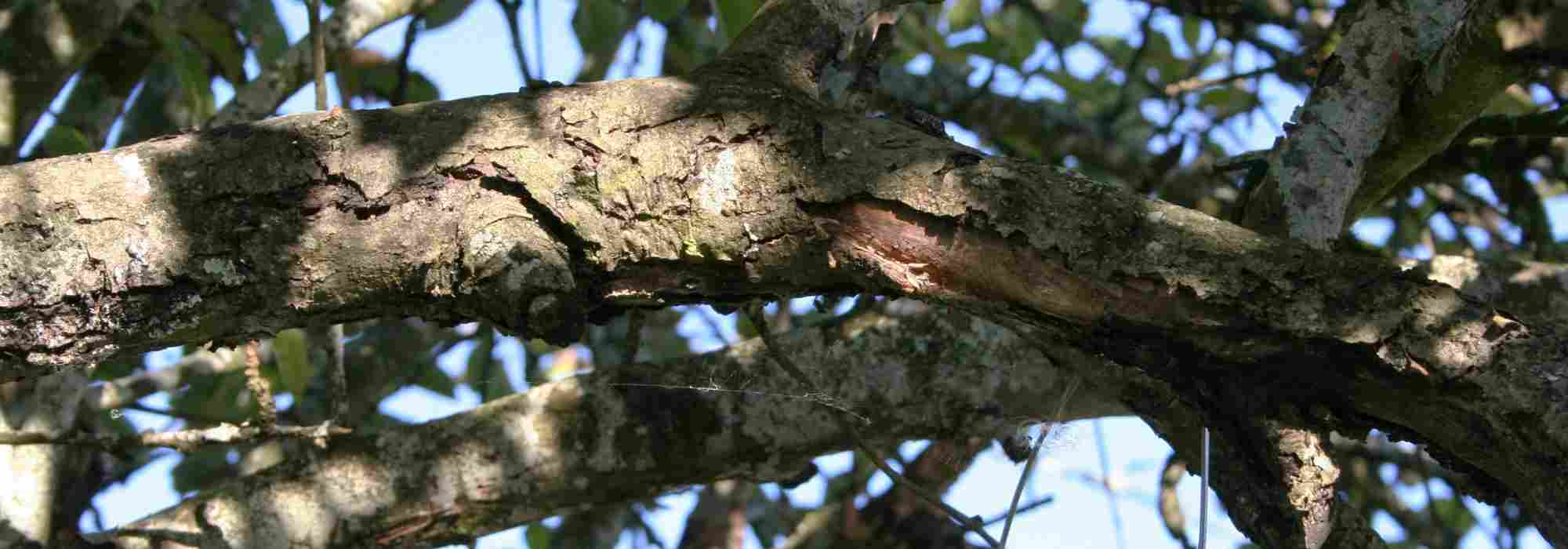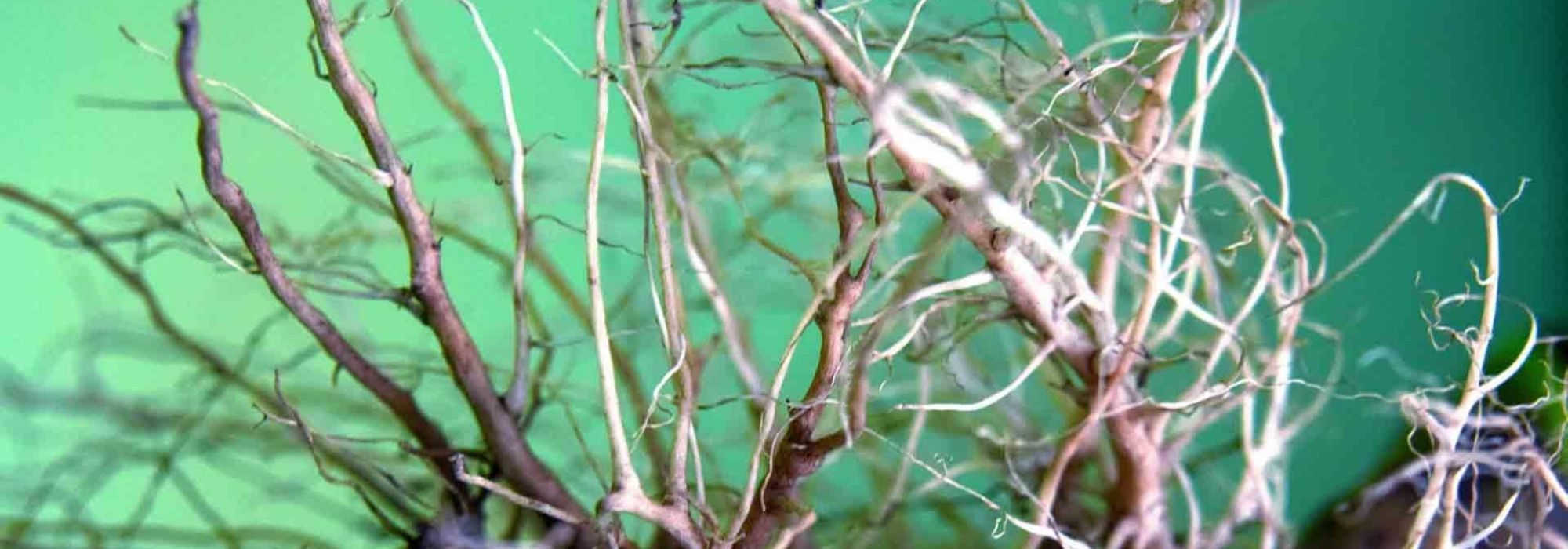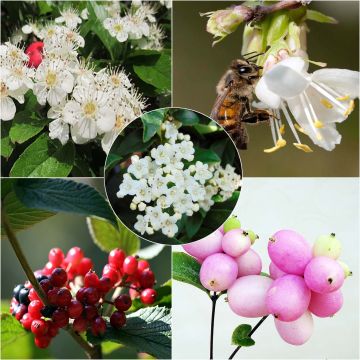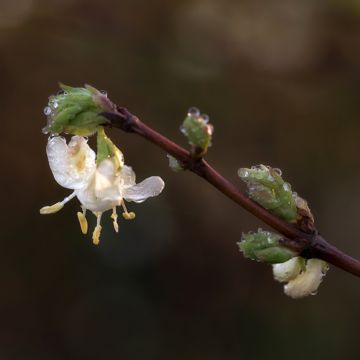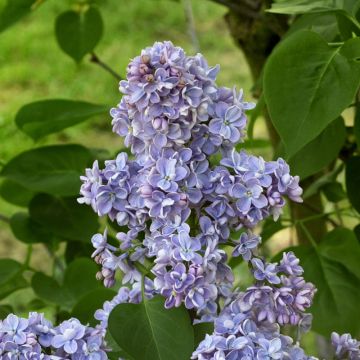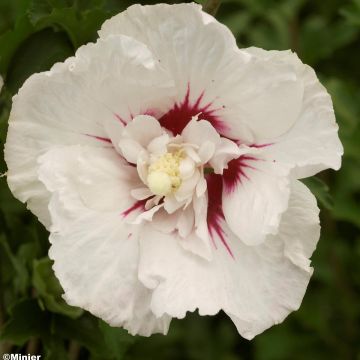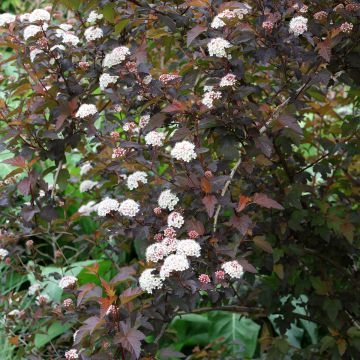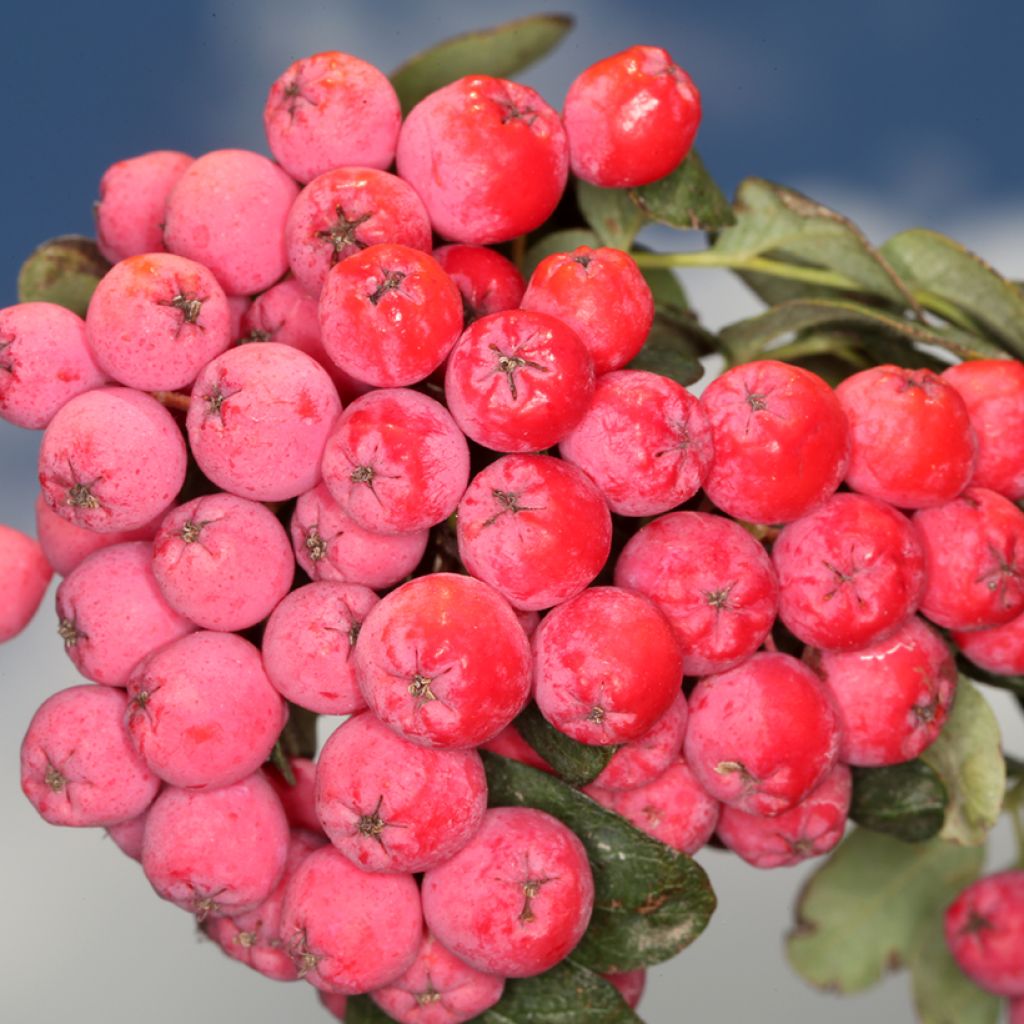

Sorbocotoneaster pozdnjakovii
Sorbocotoneaster pozdnjakovii
x Sorbocotoneaster pozdnjakovii
I am looking forward to spring: this hybrid, of a good size, is now in place in full sun, full wind, at the center of a new flower bed!
Mi , 19/12/2024
Special offer!
Receive a €20 voucher for any order over €90 (excluding delivery costs, credit notes, and plastic-free options)!
1- Add your favorite plants to your cart.
2- Once you have reached €90, confirm your order (you can even choose the delivery date!).
3- As soon as your order is shipped, you will receive an email containing your voucher code, valid for 3 months (90 days).
Your voucher is unique and can only be used once, for any order with a minimum value of €20, excluding delivery costs.
Can be combined with other current offers, non-divisible and non-refundable.
Home or relay delivery (depending on size and destination)
Schedule delivery date,
and select date in basket
This plant carries a 24 months recovery warranty
More information
We guarantee the quality of our plants for a full growing cycle, and will replace at our expense any plant that fails to recover under normal climatic and planting conditions.
Would this plant suit my garden?
Set up your Plantfit profile →
Description
x Sorbocotoneaster pozdnjakovii is a very rare bush in cultivation, discovered in eastern Siberia. This variety is the result of a spontaneous cross-breeding between the Siberian Rowan and the Black-fruited Cotoneaster which grow naturally in this very harsh region. With an upright, sparsely branching habit, the bush is interesting for its woolly young shoots, its deciduous pinnate leaves that take on warm colours in autumn, and its very colourful fruiting which feeds many birds. Of uncommon robustness, this collectors plant can find a place in any garden, as it is as easy to cultivate as it is decorative.
x Sorbocotoneaster pozdnjakovii is the offspring of Sorbus sibirica (a close relative of the Bird Cherry S. aucuparia) and Cotoneaster melanocarpus. It was collected just before 1951 in the upper Aldan Valley, south of Lakhoutsk, in eastern Siberia (Russia) and described in 1953. It bears a species name, pozdnjakovii, derived from the name of the forester who discovered it. This interesting hybrid was introduced to Great Britain in 1958 by Messrs. Hillier.
Belonging to the Rosaceae family, × Sorbocotoneaster pozdnjakovii reaches a height of between 2 and 2.5 m at maturity with a spread of 1 m to 1.50 m. It exhibits a moderately fast growth rate. It is a deciduous bush with an upright habit and weakly branching stems. Its young shoots are covered with a decorative woolly sheath. The leaves, measuring 3 to 7 cm in length, are pinnate like those of the rowan, but the individual leaflets that make them up have the shape of those of the cotoneaster. The terminal leaflet is notably larger than the lateral leaflets. They are green, matte, with a hairy, greyish-white underside, and then take on warm colours ranging from yellow to red in autumn before falling. In spring, between May and June, sparse, cream-white, slightly fragrant inflorescences appear at the top of short leafy shoots. They are pollinated by insects. The dark red or nearly black round fruits measure about 1 cm in width and are juicy. The plant is perfectly adapted to harsh conditions, tolerating almost all types of soil, although it prefers fertile, permeable soils. It is characterised by exceptional frost resistance and is not susceptible to diseases or pests. No pruning is required for its maintenance.
Due to its rarity, this x Sorbocotoneaster pozdnjakovii is particularly intended for collectors and enthusiasts of natural curiosities. However, this bush can find a place in any garden due to its ease of cultivation and decorative appearance. It is suitable for both natural gardens and urban parks and landscapes. Its attractive fruits, in addition to being decorative, provide an excellent food source for various bird species. It can be incorporated into a mixed hedge or a shrub border. With its elegant habit, its colourful autumn leaves, and its attractive fruits, it remains interesting for a good part of the year. It pairs well with all-terrain bushes such as white spireas, Cotoneaster lacteus, Forsythia 'Lynwood', Lilac (Syringa vulgaris), Elaeagnus ebbingei 'Compacta', and the garden mock orange Philadelphus coronarius.
Plant habit
Flowering
Foliage
Botanical data
x Sorbocotoneaster
pozdnjakovii
Rosaceae
Sorbus sibirica x Cotoneaster melanocarpus
Russia
Other Sorbus - Mountain Ash
View all →Planting and care
x Sorbocotoneaster pozdnjakovii is best planted in autumn in any soil, preferably moist (but it tolerates dry), slightly acidic, neutral or slightly calcareous. Not demanding, it adapts to loamy, clayey or sandy soils. Dig a planting hole 60 to 80 cm wide and add some compost at the bottom if the soil is poor. Soak the container in a bucket to thoroughly moisten the root ball before placing it in the planting hole. Backfill and water generously; monitor watering during the first two years to allow the young plant to establish well.
It will thrive in both full sun and partial shade and has no particular requirements. This species is extremely robust and adaptable. The bush does not require pruning and is not prone to diseases or pests.
Planting period
Intended location
Care
Planting & care advice
-
, onOrder confirmed
Reply from on Promesse de fleurs
Similar products
Haven't found what you were looking for?
Hardiness is the lowest winter temperature a plant can endure without suffering serious damage or even dying. However, hardiness is affected by location (a sheltered area, such as a patio), protection (winter cover) and soil type (hardiness is improved by well-drained soil).

Photo Sharing Terms & Conditions
In order to encourage gardeners to interact and share their experiences, Promesse de fleurs offers various media enabling content to be uploaded onto its Site - in particular via the ‘Photo sharing’ module.
The User agrees to refrain from:
- Posting any content that is illegal, prejudicial, insulting, racist, inciteful to hatred, revisionist, contrary to public decency, that infringes on privacy or on the privacy rights of third parties, in particular the publicity rights of persons and goods, intellectual property rights, or the right to privacy.
- Submitting content on behalf of a third party;
- Impersonate the identity of a third party and/or publish any personal information about a third party;
In general, the User undertakes to refrain from any unethical behaviour.
All Content (in particular text, comments, files, images, photos, videos, creative works, etc.), which may be subject to property or intellectual property rights, image or other private rights, shall remain the property of the User, subject to the limited rights granted by the terms of the licence granted by Promesse de fleurs as stated below. Users are at liberty to publish or not to publish such Content on the Site, notably via the ‘Photo Sharing’ facility, and accept that this Content shall be made public and freely accessible, notably on the Internet.
Users further acknowledge, undertake to have ,and guarantee that they hold all necessary rights and permissions to publish such material on the Site, in particular with regard to the legislation in force pertaining to any privacy, property, intellectual property, image, or contractual rights, or rights of any other nature. By publishing such Content on the Site, Users acknowledge accepting full liability as publishers of the Content within the meaning of the law, and grant Promesse de fleurs, free of charge, an inclusive, worldwide licence for the said Content for the entire duration of its publication, including all reproduction, representation, up/downloading, displaying, performing, transmission, and storage rights.
Users also grant permission for their name to be linked to the Content and accept that this link may not always be made available.
By engaging in posting material, Users consent to their Content becoming automatically accessible on the Internet, in particular on other sites and/or blogs and/or web pages of the Promesse de fleurs site, including in particular social pages and the Promesse de fleurs catalogue.
Users may secure the removal of entrusted content free of charge by issuing a simple request via our contact form.
The flowering period indicated on our website applies to countries and regions located in USDA zone 8 (France, the United Kingdom, Ireland, the Netherlands, etc.)
It will vary according to where you live:
- In zones 9 to 10 (Italy, Spain, Greece, etc.), flowering will occur about 2 to 4 weeks earlier.
- In zones 6 to 7 (Germany, Poland, Slovenia, and lower mountainous regions), flowering will be delayed by 2 to 3 weeks.
- In zone 5 (Central Europe, Scandinavia), blooming will be delayed by 3 to 5 weeks.
In temperate climates, pruning of spring-flowering shrubs (forsythia, spireas, etc.) should be done just after flowering.
Pruning of summer-flowering shrubs (Indian Lilac, Perovskia, etc.) can be done in winter or spring.
In cold regions as well as with frost-sensitive plants, avoid pruning too early when severe frosts may still occur.
The planting period indicated on our website applies to countries and regions located in USDA zone 8 (France, United Kingdom, Ireland, Netherlands).
It will vary according to where you live:
- In Mediterranean zones (Marseille, Madrid, Milan, etc.), autumn and winter are the best planting periods.
- In continental zones (Strasbourg, Munich, Vienna, etc.), delay planting by 2 to 3 weeks in spring and bring it forward by 2 to 4 weeks in autumn.
- In mountainous regions (the Alps, Pyrenees, Carpathians, etc.), it is best to plant in late spring (May-June) or late summer (August-September).
The harvesting period indicated on our website applies to countries and regions in USDA zone 8 (France, England, Ireland, the Netherlands).
In colder areas (Scandinavia, Poland, Austria...) fruit and vegetable harvests are likely to be delayed by 3-4 weeks.
In warmer areas (Italy, Spain, Greece, etc.), harvesting will probably take place earlier, depending on weather conditions.
The sowing periods indicated on our website apply to countries and regions within USDA Zone 8 (France, UK, Ireland, Netherlands).
In colder areas (Scandinavia, Poland, Austria...), delay any outdoor sowing by 3-4 weeks, or sow under glass.
In warmer climes (Italy, Spain, Greece, etc.), bring outdoor sowing forward by a few weeks.






























